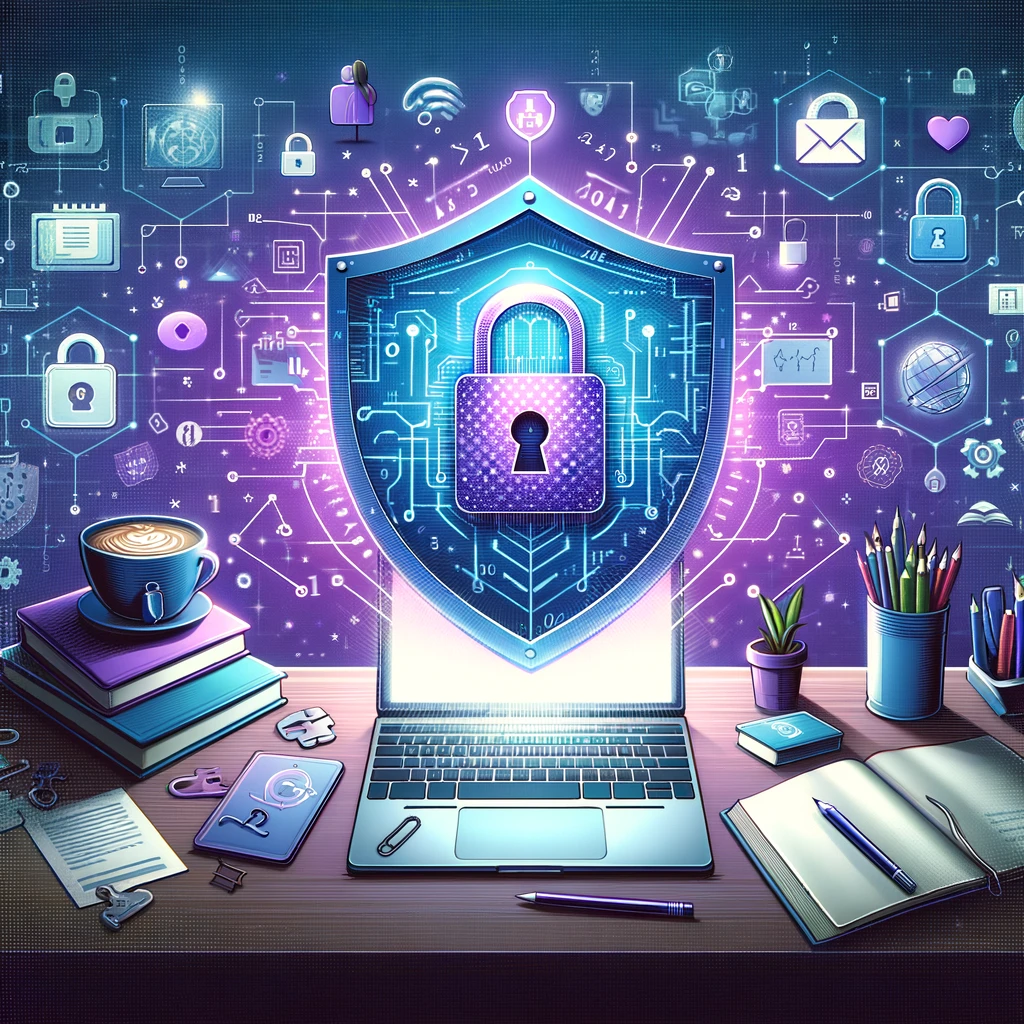Why Team-building Can be a Challenge
Why Team-building Can be a Challenge
In a busy daily workday, the internal work environment’s problems may go unnoticed if they are left in the background.
“27% of employees leave their jobs because they do not feel part of the company due to insufficient assessment of teamwork and lack of communication in the workplace,” according to Bit’s statistics.
Team building can be a challenge for an employer if team building activities are not addressed. What shows that the team is not united? What are the challenges in the workplace? Read more: 7 Team-Building Activities You Should Try.
Challenges in the work team
To promote the work team’s cohesion, it is necessary to understand more and notice what hinders the formation of a united team or what challenges need to be overcome. Overcoming challenges, in turn, will provide an opportunity to improve the company’s internal environment and team cohesion.
- Very different employees
When employees in a work team may be excellent in their field and perform their work qualitatively, but cannot communicate successfully with others, it may be related to character traits, different views on life, and different interests. If continuous contact takes place with an extroverted person with an introvert, disagreements arise and only short communication.
How to unite? Employees need to get acquainted in an informal environment, for example, on a joint trip, event, meeting, where it is possible to organize team-building activities.
- Rumors and false information
A negative work environment completely hinders forming a cohesive team, if employees in the company spread rumors about each other. Dissemination of false information hinders the development of trust, respect, and openness among colleagues.
How to reduce? Disagreements or calls should be made to the person in pairs to clarify the current conflict or situation. If the team leader notices, he could arrange an informal meeting for all staff to present a presentation or video to promote a positive environment or have individual discussions with the people involved.
- Time planning and priorities
At a stressful stage, when a company has to deal with many tasks simultaneously, the challenge is also to find time for joint events or meetings with the team. If the team leader focuses only on urgent tasks and responsibilities and only delegates responsibilities without providing feedback, employee productivity will also decline rapidly without encouraging employee involvement.
How to deal? Write the daily and weekly tasks in order of priority, then think about the current situation in the company, so as not to neglect the topicality of the company’s internal environment. Adding to the list of works to be performed additional 1-3 activities promoting the sense of belonging of the team, increasing cohesion every week.
- Lack of communication
Mutual communication is the basis for cooperation and information transfer. When employees do not feel free to communicate with each other or with their supervisor, a tense situation or possible misunderstanding arises.
How to overcome? Actively listen, as well as start conversations on current topics to be able to establish conversations with colleagues. Meet and invite a colleague to coffee or lunch, thus creating an opportunity to get to know each other better and start communicating. The team leader can take the initiative and organize activities to keep employees involved in communicating with others.
The company is also affected by the external environment’s challenges, but the team’s cohesion is more affected by internal environmental problems and conflicts. Overcoming challenges can focus on team building.
How to strengthen team cohesion
According to the research of the well-known researcher Bruce Tuckman, team building has 4 stages that must go through – Forming, Storming, Norming, and Performing. By understanding these stages, one can better understand employee-defined behaviors and make conscious changes.
Forming
In the first stage, employees need to get to know the environment, get used to the new working conditions, and slowly get to know their colleagues. In the process of adaptation, the most open and socially active employees will show initiative to communicate. The rest of the employees should be introduced to the work environment and get used to the new order and people. In the initial phase, separate groups can be formed with employees who have similar interests or enjoy pleasant communication.
To unite the whole team, especially new colleagues, team leaders can help:
- introducing everyone to the company’s goals, vision, and philosophy or creating a sense of belonging;
- organizing joint working meetings;
- involving employees in team-building and strengthening activities.
For example: Getting to know and training memory
All employees stand or sit in a circle. The manager begins by naming his name and position or characteristic. The next one then names the previous name, position, or attribute and says his name, position, or character attribute. It goes in a circle until everyone has added the end of their name.
These activities mainly focus on cooperation, understanding, getting to know each other, and building a sense of community.
Storming
In the second stage, the onset of a storm is usually characterized by conflict situations, usually related to the role identification process. Employees get to know each other better through conflict resolution or storms. In the usual environment and rhythm of work, everything often seems to be in order, but resolving a conflict, finding a compromise, or an alternative is a way to get to know each other, and cohesion comes even closer after a dispute is resolved.
On the other hand, if a turbulent internal environment has existed for a long time, the manager should establish certain structures or smaller work teams, where a specific task or a smaller work goal is set, where it is necessary to comply with specific requirements, rather than dominating one opinion;
- to resolve conflicts or communicate, which is the key to secrecy in case of successful cooperation;
- explain the situation to employees, use any comparisons or examples, how to solve such situations.
Norming
In the third stage, the formation of norms is related to the formation of cooperation, because the biggest and main conflicts have been resolved. Employees want to achieve common goals, get involved, and offer quality and creative solutions. In the specific structures of the company, employees are moving towards the set goal, so it is important to:
- to allow employees to implement some of the offered ideas, promoting cooperation;
- continue to organize regular meetings and provide feedback on what has been done and what is happening in the company;
- continue to organize formal and informal events and team building activities.
Performing
In the last and also one of the most important stages, employees feel valued, owned, and aware of the company’s value, so they contribute to the work of the team and show good performance. A cohesive team is aware of common goals, the importance of each investment and understands when it is worth taking a risk or trying something new for the common good. To celebrate successful and productive teamwork and cohesion:
- celebrate what has been done;
- take into account recommendations and new solutions;
- set new goals.
Of course, building a successful team also depends on each employee and the willingness to cooperate and get involved.
Benefits of a cohesive and positive work team
According to Bit’s latest team collaboration data, it has been revealed that “33% of employees have a higher level of loyalty as a result of collaboration and cohesion.” Read more: 3 Reasons Why Team-Building is Important
Team building requires an investment of time, but is necessary for any company, because then:
- Efficiency increases
When every employee does productive work, it does not always mean great success and increasing work achievements. If colleagues are not able to cooperate, then efficiency does not increase on average. According to HR managers, teamwork also affects efficiency, or “on average, 33% of HR professionals report poor teamwork, which reduces employee morale and efficiency,” according to TroopMesenger.
- The well-being of employees is improving.
Cooperation and cohesion in the work team promote creating a positive work environment; thus, employees are willing to come to work, communicate and share ideas. Pleasant communication is recharged with new energy, which helps maintain a well-being balance at work during busy working days.
- Manage to succeed and achieve goals
In a cohesive team, employees move towards common and common goals; therefore, individual ambitions are not emphasized, but results are achieved. In turn, achieving results leads to the company’s success, which contributes to the team’s successful future operation, as employees gain satisfaction and the result.
According to ClearCompany’s data on teamwork statistics, “97% of employees and employers believe that team coherence and cohesion affect the success of a task or project.” It is similar when everyone is aware of goals and objectives, because the team becomes unstoppable.
- More open communication is developing.
This type of communication occurs when there is respect, trust, and respect between employees, because then employees are more willing to communicate at work, share feelings and ideas. From formal conversations to informal conversations, sharing experiences, events, and jokes, collective cohesion activities are important.
Communication includes:
- energy exchange;
- active involvement;
- interested research.
After the study, the type of energy exchange can be assessed in the communication process. For example, the question can be answered with a “yes or no” or a broader answer that explains the train of thought. Energy exchange is also affected by the timbre, intonation, and gestures used in speaking. Unconsciously, the other speaker gives some energy and message to the conversation. The best way to transfer energy is through face-to-face communication, because then communication includes both verbal and non-verbal communication.
Another important aspect is involvement in the communication process. Not everyone is involved in teamwork and communication in the same way, but teams where the involvement is almost equal and active or a strong leader with followers. Involvement has a major impact on, for example, decision-making, as most equally active teams make better decisions and solutions than less involved teams.
While it would be important to include both engagement and research during communication, this is not really possible as it consumes energy. Energy, on the other hand, is a limited resource. The more energy used for engagement, the less energy is available for research. In quality communication and cohesion, it is necessary to vary the focus of attention and energy.
The most important aspects of team-building
Challenges make the work environment more diverse and prevent you from getting caught up in the routine. Still, various conflicts and obstacles can hinder the establishment of successful cooperation and communication between colleagues.
Mostly, most employees want to work in a positive and cohesive work team to feel belonging and work productively. To create such a team, time and desire must be invested by every employee and employer. Employers can promote team cohesion through various team-building activities and understanding, communication, and awareness of employees’ strengths and weaknesses.








